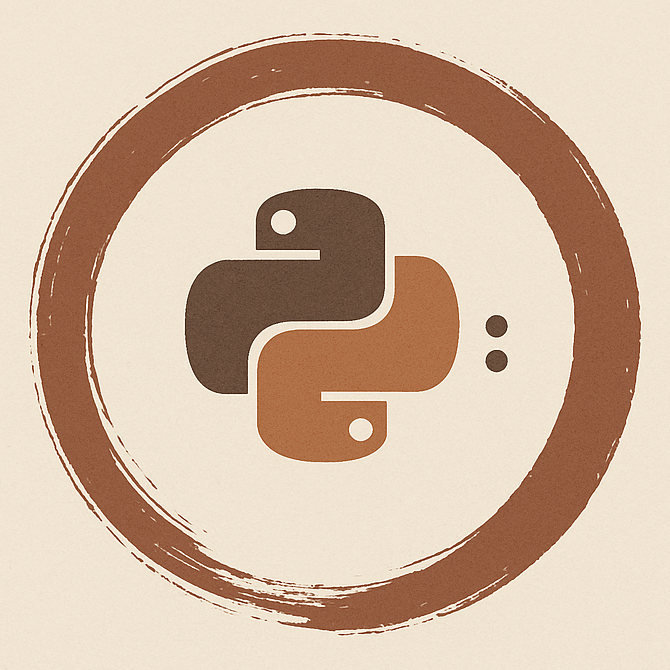Quick Start Guide#
Installation#
First install the library your favourite way. Either directly from PyPI:
pip install zencfg
Or from the source code:
git clone https://github.com/JeanKossaifi/zencfg
cd zencfg
pip install -e . # Editable install
Define Your Configuration#
Start by creating configuration classes using inheritance and type hints:
from zencfg import ConfigBase, make_config_from_cli
# Define base categories
class ModelConfig(ConfigBase):
in_channels: int = 3
out_channels: int = 1
class OptimizerConfig(ConfigBase):
lr: float = 1e-4
These base configurations are then used to define specific implementations, that you can quickly switch between.
For instance, let’s define Configurations for a Transformer and a CNN, as well as a simple SGD and an Adam optimizer.
# Define specific implementations
class TransformerConfig(ModelConfig):
layers: int = 12
n_heads: int = 8
dropout: float = 0.1
class CNNConfig(ModelConfig):
channels: list[int] = [64, 128, 256]
kernel_size: int = 3
class AdamConfig(OptimizerConfig):
weight_decay: float = 0.01
# Uses the default lr from the base class
class SGDConfig(OptimizerConfig):
lr: float = 1e-3
momentum: float = 0.9
nesterov: bool = True
# Compose your main configuration
class ExperimentConfig(ConfigBase):
model: ModelConfig = TransformerConfig()
optimizer: OptimizerConfig = AdamConfig()
batch_size: int = 32
epochs: int = 100
Use in Your Scripts#
Using your newly defined configurations is as simple as calling the make_config function.
make_config_from_cli function.
This will automatically parse the command line arguments and return a configuration instance.
# Get configuration with command-line overrides
config = make_config_from_cli(ExperimentConfig)
# Use your config
print(f"Training {config.model._config_name} with {config.optimizer._config_name}")
print(f"Batch size: {config.batch_size}, Epochs: {config.epochs}")
Command Line Usage#
Run your scripts with flexible parameter overrides:
# Switch architectures
python train.py --model cnnconfig --model.channels "[32,64,128]"
# Change optimizers
python train.py --optimizer adamconfig --optimizer.weight_decay 0.001
# Mix and match everything
python train.py --model transformerconfig --model.n_heads 16 --batch_size 64
Your configurations are now type-safe, IDE-friendly, and command-line ready.
Loading from Files#
For larger projects, you can organize configurations in separate files:
from zencfg import make_config_from_cli, load_config_from_file
# Load a config class from a file
Config = load_config_from_file(
config_path="configs/", # Root directory of configs
config_file="experiment.py", # File relative to config_path
config_name="ExperimentConfig" # Class name to load
)
# Create instance with CLI overrides
config = make_config_from_cli(Config)
# Or directly from file path
config = make_config_from_cli("configs/experiment.py", "ExperimentConfig")
The load_config_from_file API supports nested directories and relative imports:
# Nested configs with relative imports work
Config = load_config_from_file(
config_path="configs/",
config_file="models/transformer.py", # Nested path
config_name="TransformerConfig"
)
# This config can use: from ..base import BaseConfig
Auto-Discovery (Advanced)#
For plugin architectures and modular applications, ZenCFG can automatically discover and wire up config instances using AutoConfig(). See the Advanced Usage guide for complete details.
Next Steps#
Check out Examples for more complex scenarios
Read the API Reference documentation for advanced features
Explore Advanced Usage topics for power users
